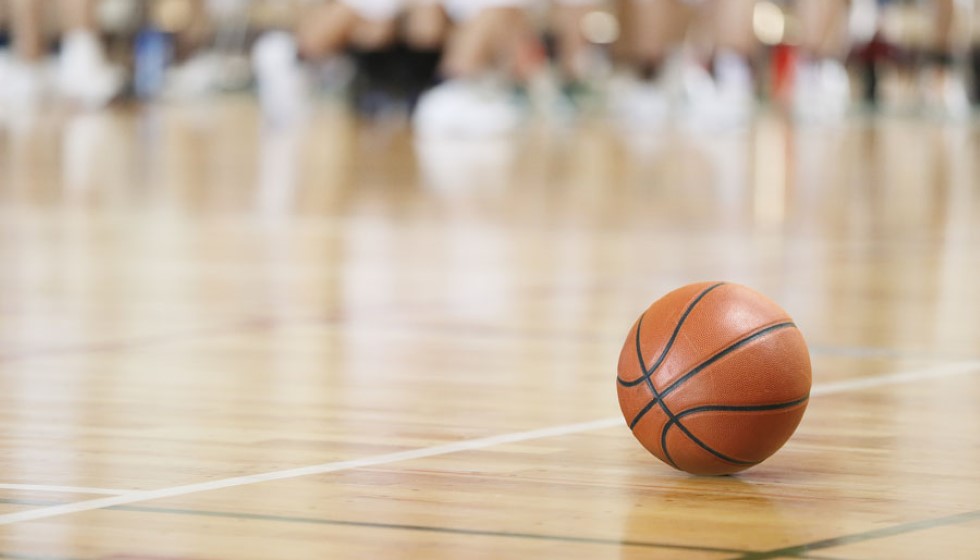
As the Dallas Mavericks gear up for a new NBA season, a fresh wave of changes sweeps through the roster, promising both potential and uncertainty. Last season’s journey concluded with a bruising defeat at the hands of the Boston Celtics in the NBA Finals, a series that ended in just five games. The Mavericks' long-range struggles were evident as they connected on only 30.4% of their three-point attempts. Addressing these setbacks, the team has seized opportunities to reshape and revitalize its lineup.
The Arrival of Klay Thompson
In a headline-making move, Klay Thompson, the four-time NBA champion and five-time All-Star, has joined the Mavericks from the Golden State Warriors. Thompson's storied career brings a winning pedigree and a reputation as one of the league’s elite shooters. His acquisition adds a layer of strength to Dallas’ long-range game. As one analyst succinctly put it, "The appeal of Thompson is simple," echoing the hopes pinned on his ability to elevate the team's offensive dynamics.
Rethinking the Roster
Beyond Thompson's addition, the Mavericks have been active in the trade market. Quentin Grimes, lauded for his 3-and-D capabilities, arrives in a deal that saw Tim Hardaway Jr. move to the Detroit Pistons. Grimes offers defensive versatility and shooting accuracy, both of which the team sorely lacked in their Finals clash against the Celtics. However, skeptics within the Mavericks community voice concerns over whether the offense will truly diversify with these changes. "I'm just hesitant to believe that the offense is going to be, as you put it earlier, much more diverse," one commentator remarked.
Naji Marshall also joins the Mavericks, taking over from Derrick Jones Jr. Marshall’s role raises questions, with analysts pondering, "What happens when teams roam off of Marshall?" His integration into the squad will be closely watched as the season unfolds.
Returning Faces and New Additions
Spencer Dinwiddie returns to Dallas, reinserting his playmaking abilities into the mix. His comeback provides continuity amid the roster upheaval. On an equally notable deadline day, the Mavericks secured P.J. Washington and Daniel Gafford, both expected to deliver frontcourt depth and defensive vigor. These strategic moves aim to bolster a defense that ranked 18th in the league last season.
Challenges and Expectations
Last season, the Mavericks finished with a 50-32 record, ranking sixth in offense yet facing criticism for their defensive shortcomings. Luka Doncic, who led the league in usage, was a focal point of Dallas’ offensive strategy, a philosophy some critics refer to as "Lukaball." Despite these critiques, there's a belief that improvements can blend this style with a more varied attack. Yet, as one skeptic noted, "It's sort of sweet that you think the Mavs are going to blend Lukaball with a more varied attack."
Transition play remains another area marked for growth. Once the league’s weakest in transition, the Mavericks showed glimpses of improvement. Head coach Jason Kidd acknowledged the setback in shooting, candidly stating, "Better shooting would have helped." The aim is for this season’s roster adjustments to translate into tangible results, particularly in high-pressure situations.
In a league where every offseason move is scrutinized, the Dallas Mavericks have positioned themselves with a blend of proven talent and fresh energy. As they prepare for what will undoubtedly be a challenging season, supporters remain hopeful that these calculated changes will shift the franchise from near-misses to an unstoppable force. The question lingering in every fan’s mind is how these moves integrate into the Mavericks’ broader strategy and whether the lessons from the Finals will drive them to greater heights.
For now, Dallas braces itself for what could be a transformative season, with ambitions set on redefining their narrative in the NBA's upper echelons.